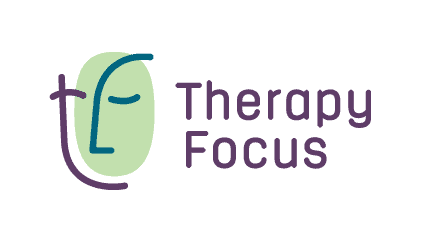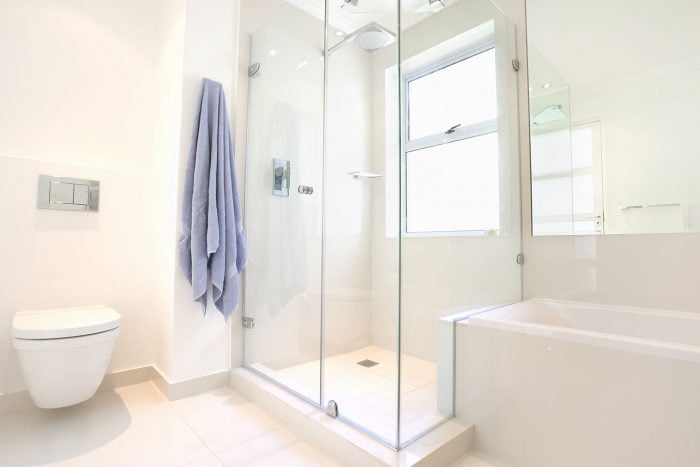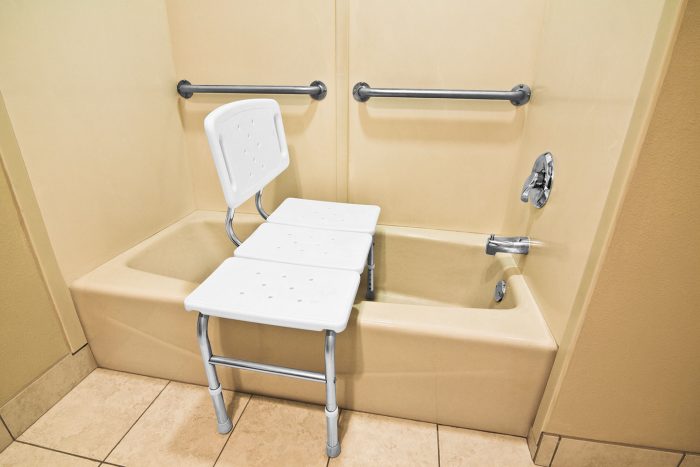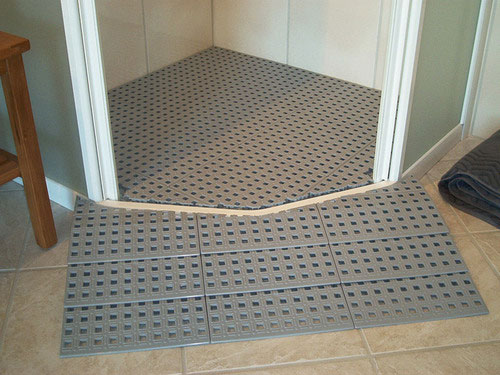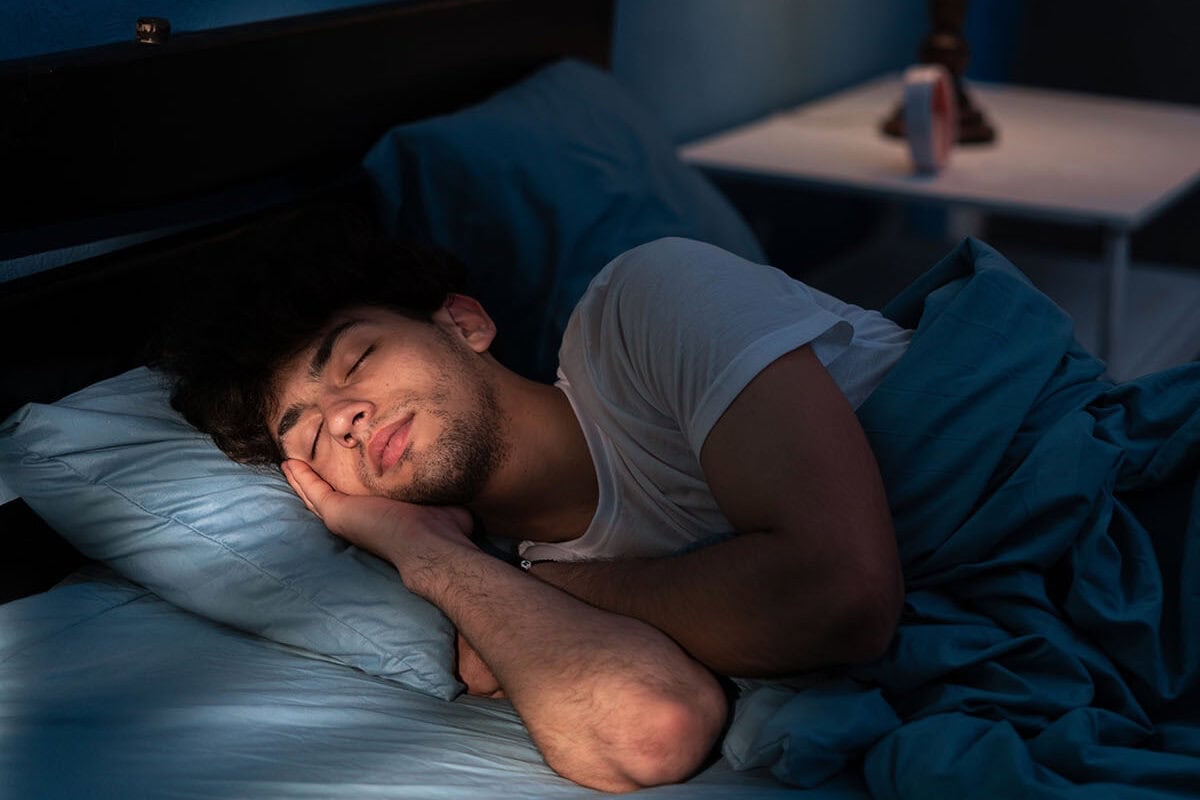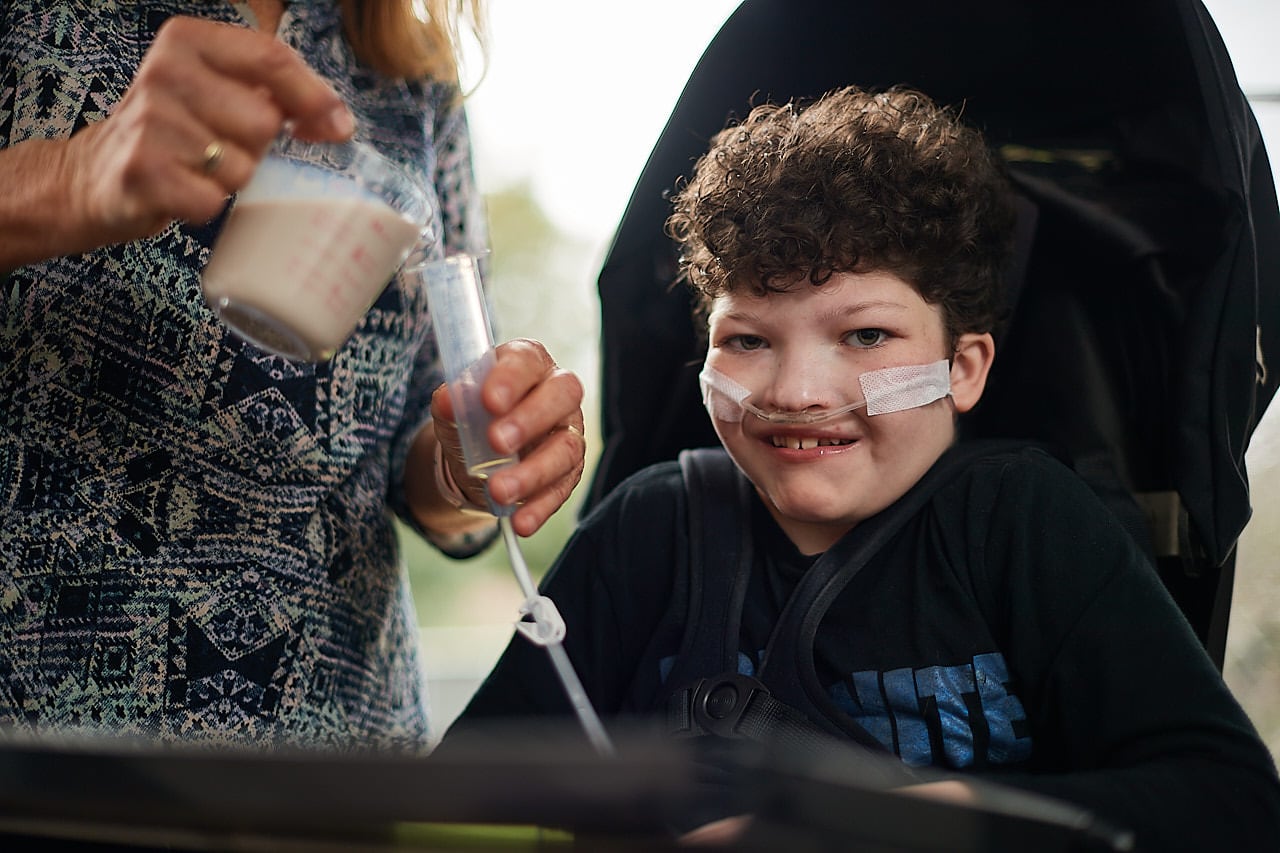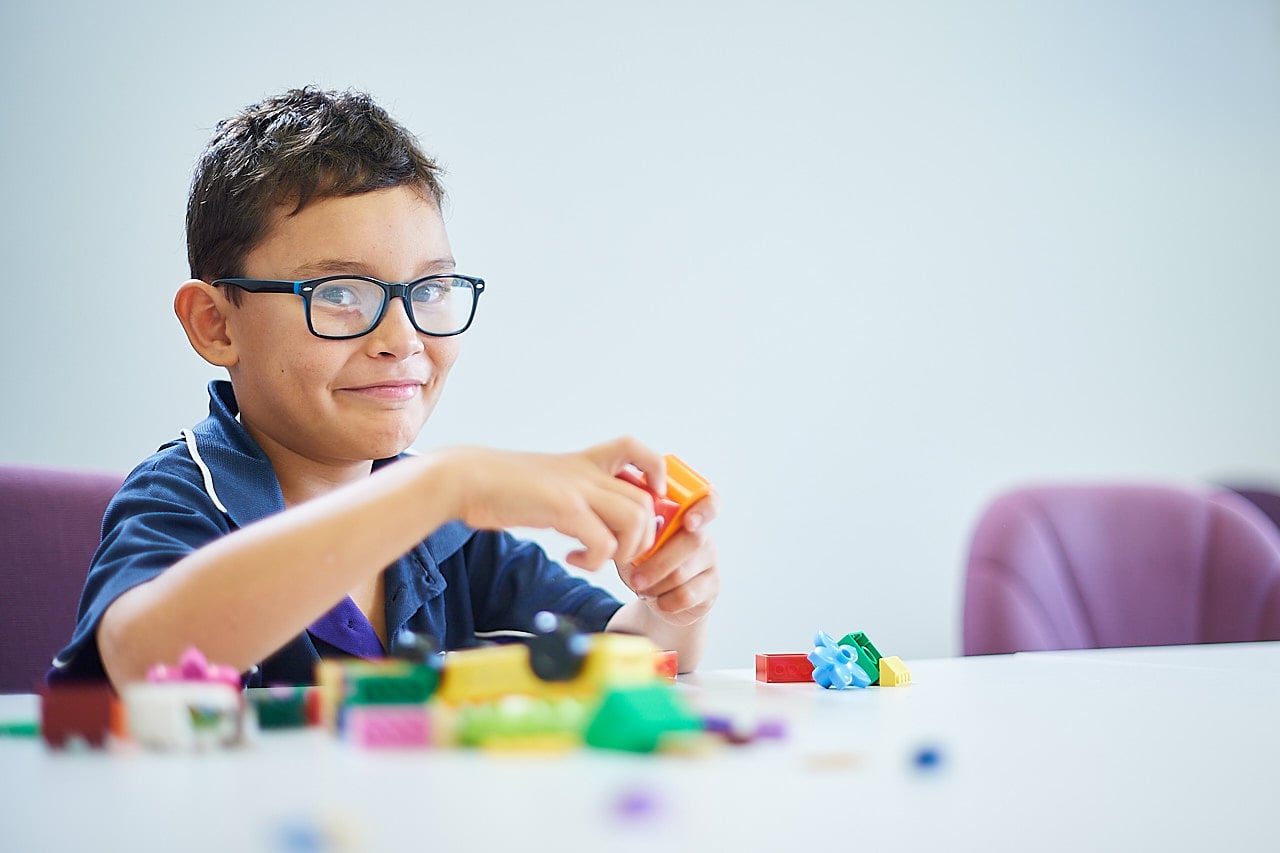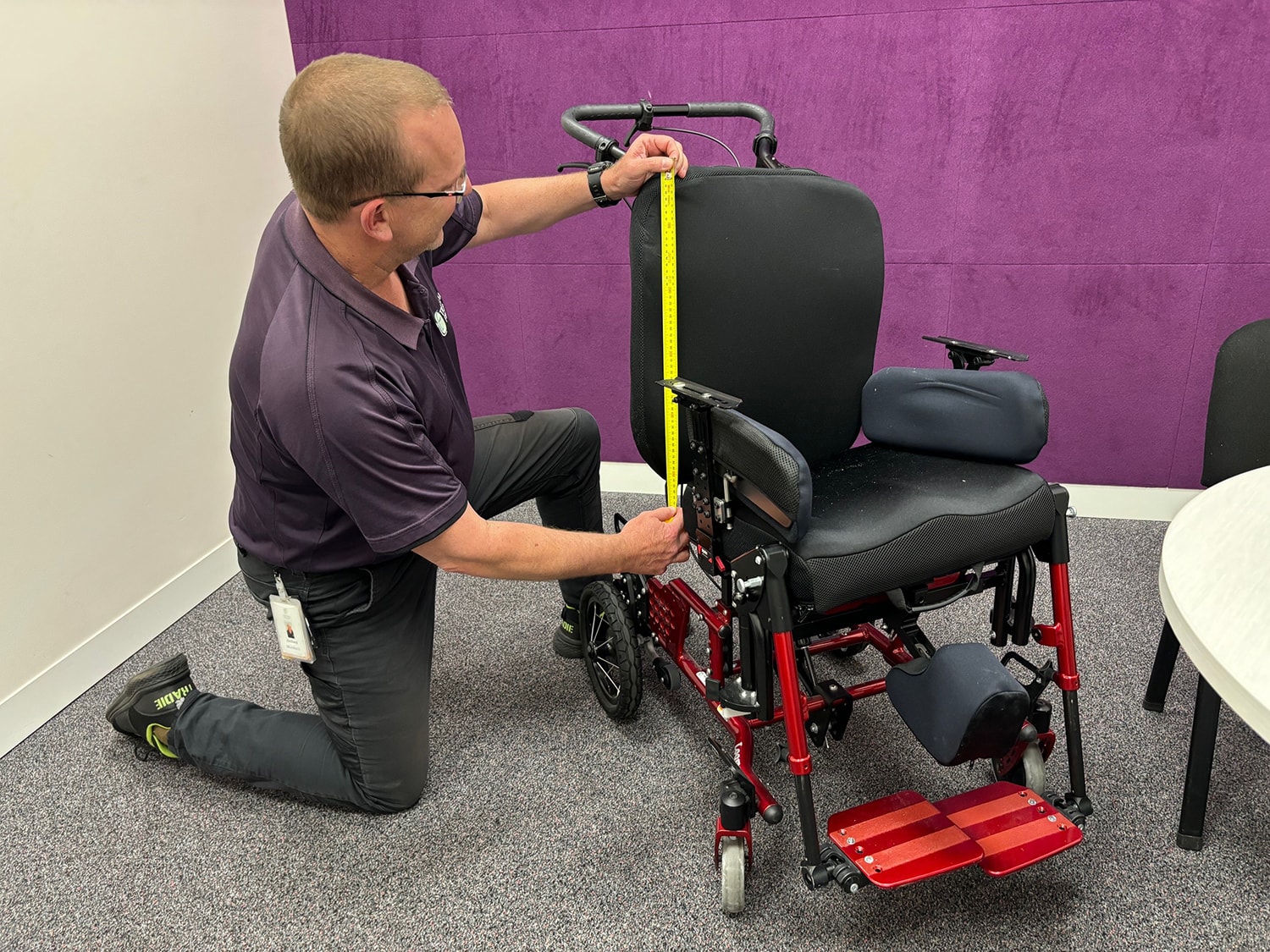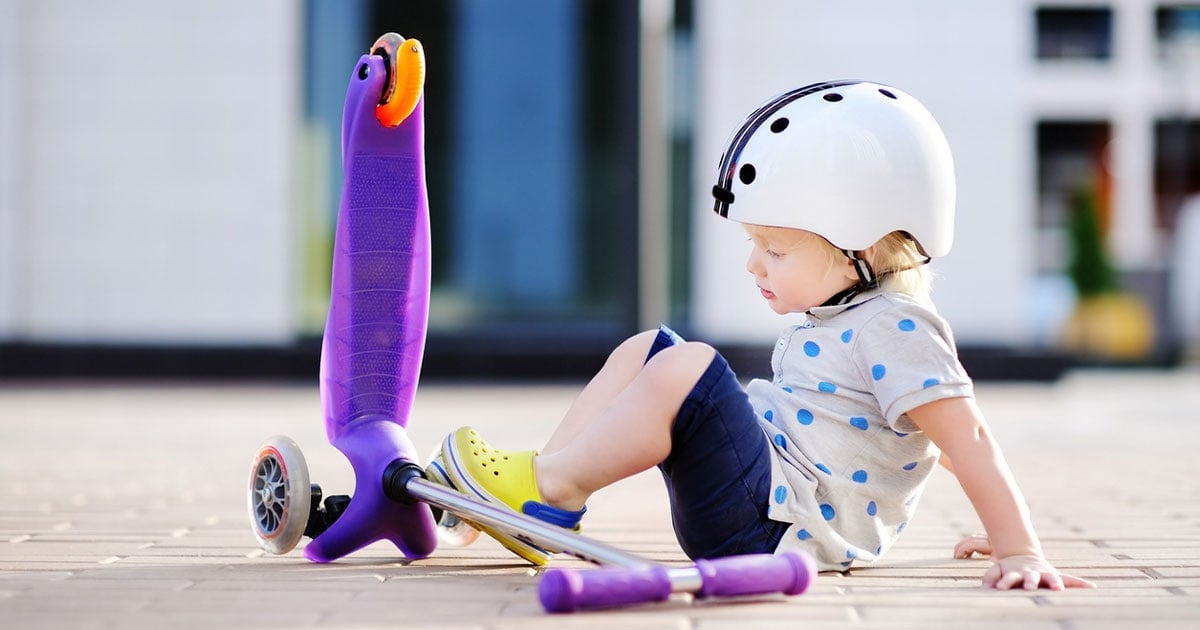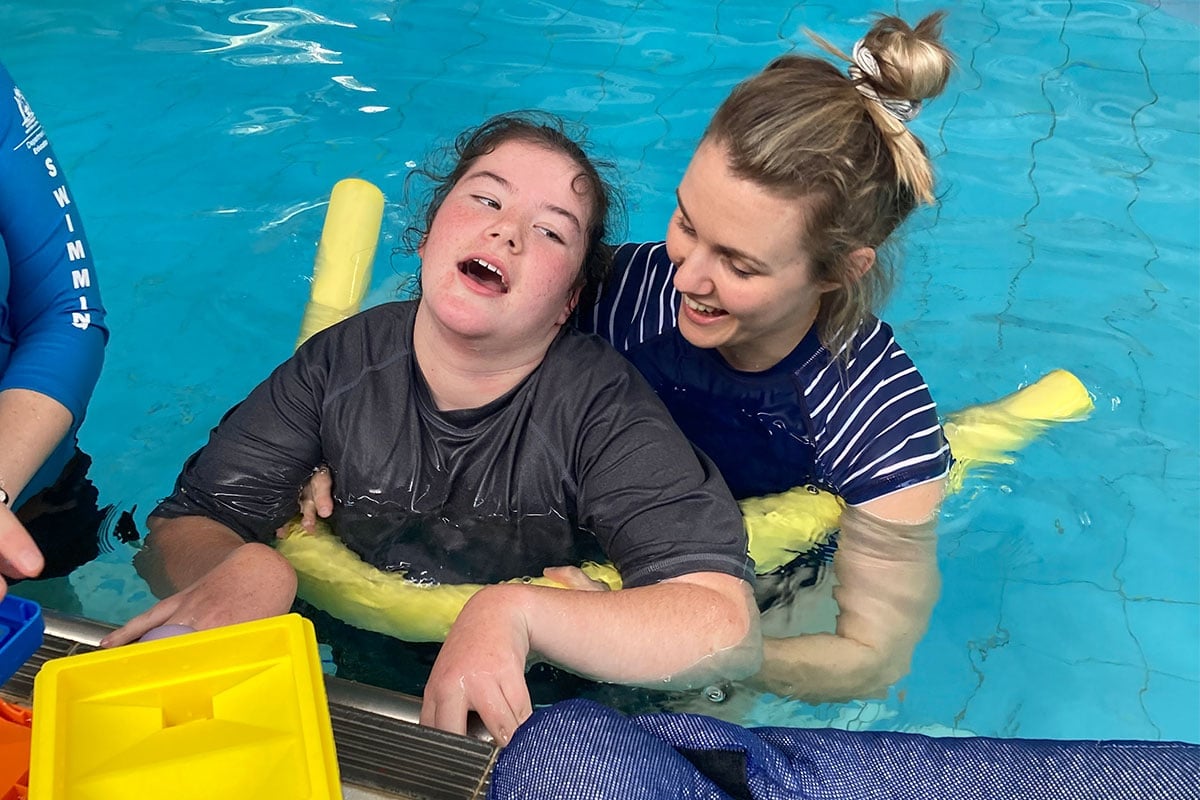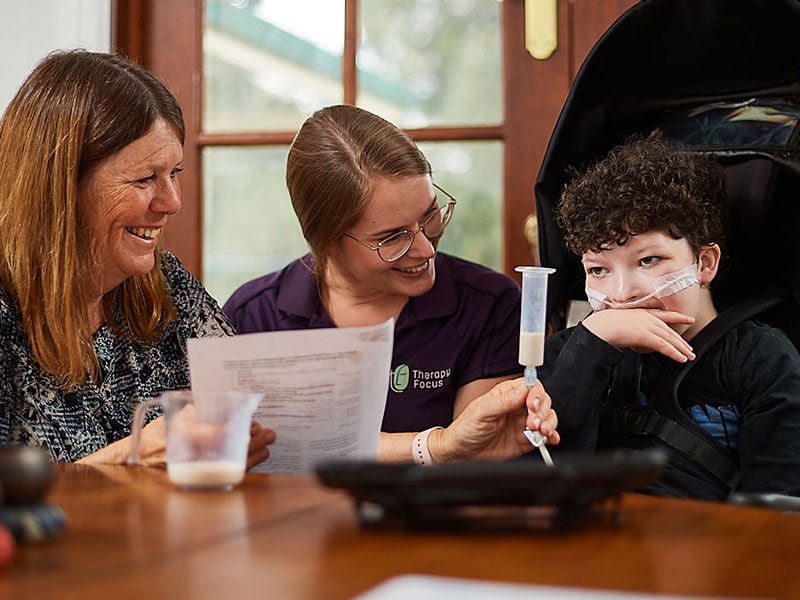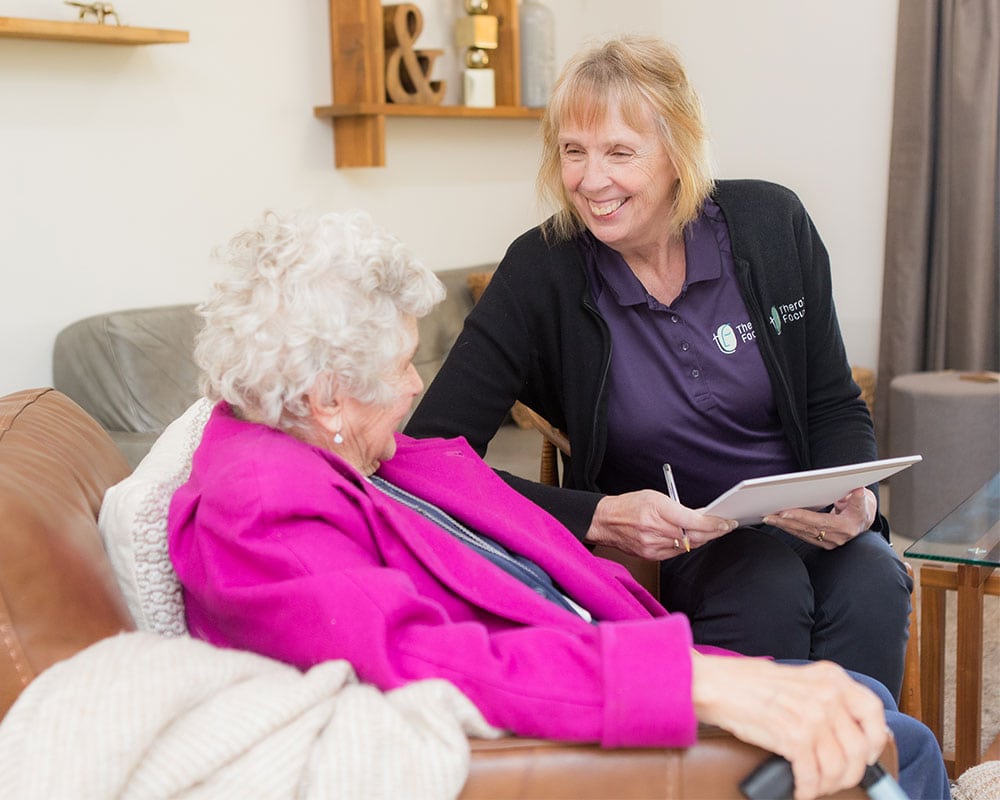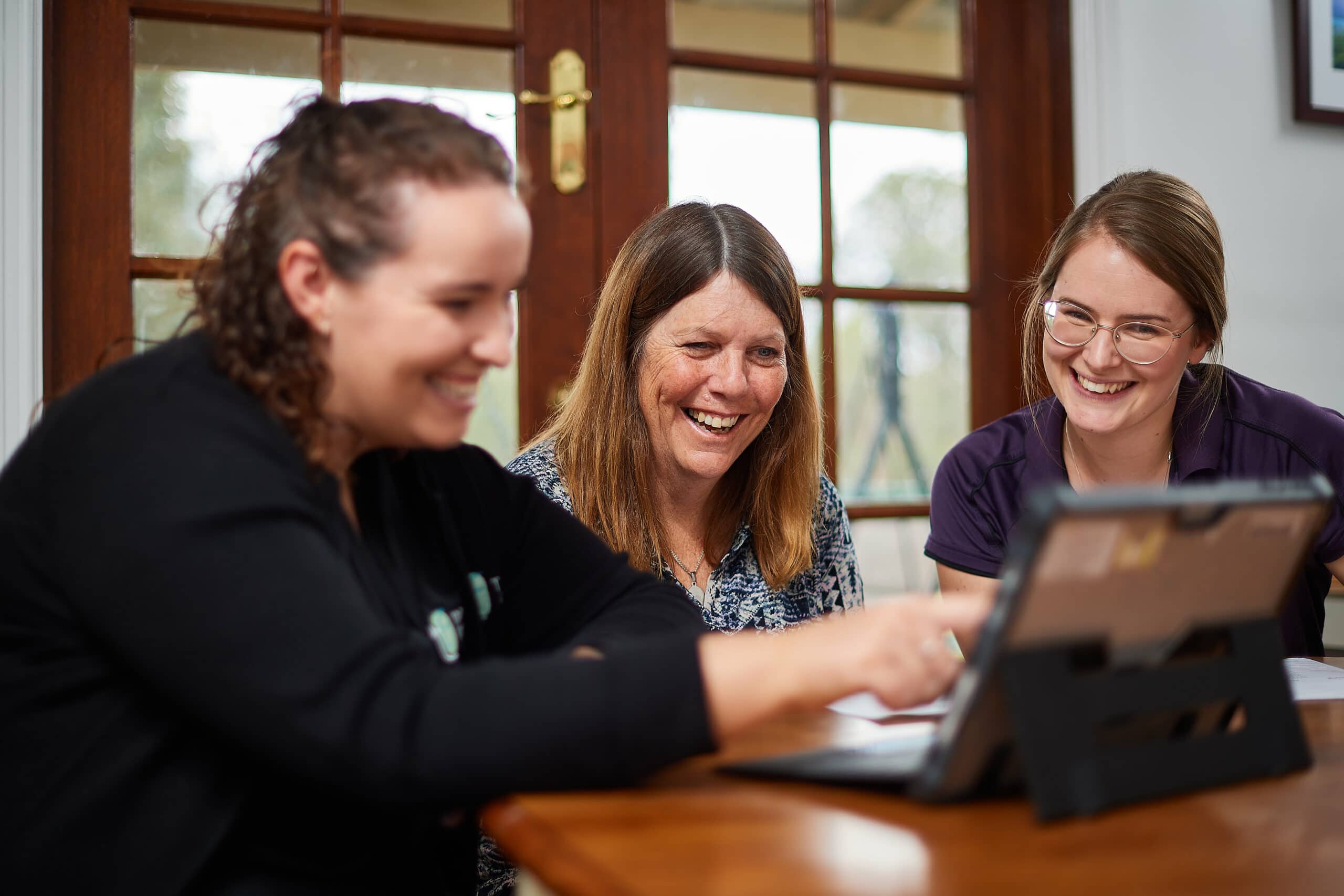Improving bathroom access for people with disability
Using the bathroom can be particularly difficult for many people with disability. In many cases, assistive technology and home modifications can improve access, enable ease of use and ultimately increase independence for these individuals.
At Therapy Focus, we have a dedicated Assistive Technology and Home Modifications Team comprised of experienced Assistive Technology Specialists and Complex Home Modifications Occupational Therapists and Building Relationship Managers (formerly Project Managers). This team provides advice, support and solutions for people with disabilities who need assistive technology and/or home modifications. These supports allow customers to achieve more independence within their home and in other aspects of their life.
Before embarking on any significant works within your home, the first step should be to determine if any assistive technology options or installations could address the obstacles or barriers you are facing. Our team will determine this, in consultation with you, when conducting a home modifications assessment. This is in-line with the requirements for government funding applications for any home modifications.
One of the more common challenges faced by people with disability regarding accessing their home is safely and independently using their bathroom. Below are some solutions to a common bathroom access issue faced by people with disability – getting in and out of their shower cubicle.
This is usually because there is a step or hob in place. A small lip or step up can be a significant trip hazard – especially when you consider slippery tiled floors and the individual being wet after their shower. The image below is an example of a shower hob/step:
While it may seem that there is a simple solution to this problem – knock out the hob in the shower to create a level area – this is generally not a recommended solution. It may result in water damage to the foundations of your home and result in difficulties retaining the water in a central point of the bathroom.
Solution: Use a shower transfer bench
One of the options that we find most successful in overcoming the difficulty of getting in and out of the shower is a shower transfer bench.
These come in an array of styles, but the general concept allows the individual to sit down on the bench outside of their shower cubicle and then slide or swivel across the bench to position themselves within the shower cubicle.
Many individuals find this transfer less taxing and a much safer option than stepping over the shower hob, as it only requires them to lift their feet over the hob from a seated position. A shower bench can also act as a shower chair for the individual to remain seated when showering if they wish.
Solution: Use a shower platform
Another great solution is a shower platform. This is well suited to showers where this is a step down into the shower area.
The platform can be installed to raise the height of the shower area so that it is level with the rest of the bathroom. Small drainage holes in the platform allow for water to remain in the shower cubicle and flow towards the drainage point.
Shower platforms are available in a range of materials and can be custom-made to fit within any shower space. A ramp to reach the shower platform can also be composed for use with wheeled mobility items such as a shower commode.
While these are both great solutions, it is essential to note that there are many other options available, which should be considered on a case-by-case basis.
Our Assistive Technology and Home Modifications Team have specialist knowledge in these assistive technology items. They can talk through other options for improving bathroom accessibility, in addition to other options to overcome other barriers within your home.
Would you like more information?
Call us on 1300 135 373 and ask to speak to our Assistive Technology and Home Modifications Team, or email [email protected].
